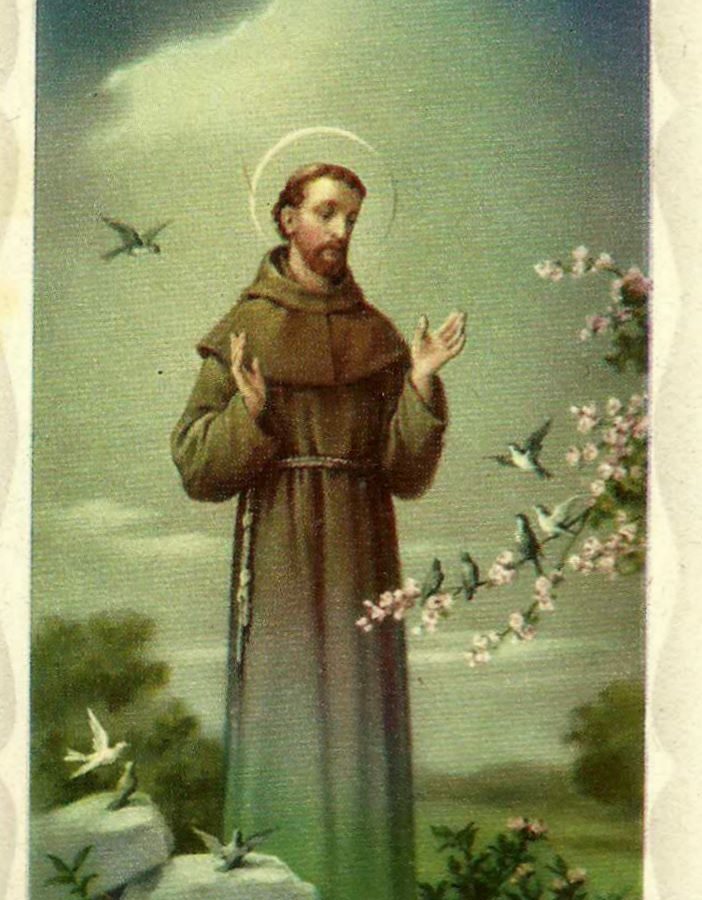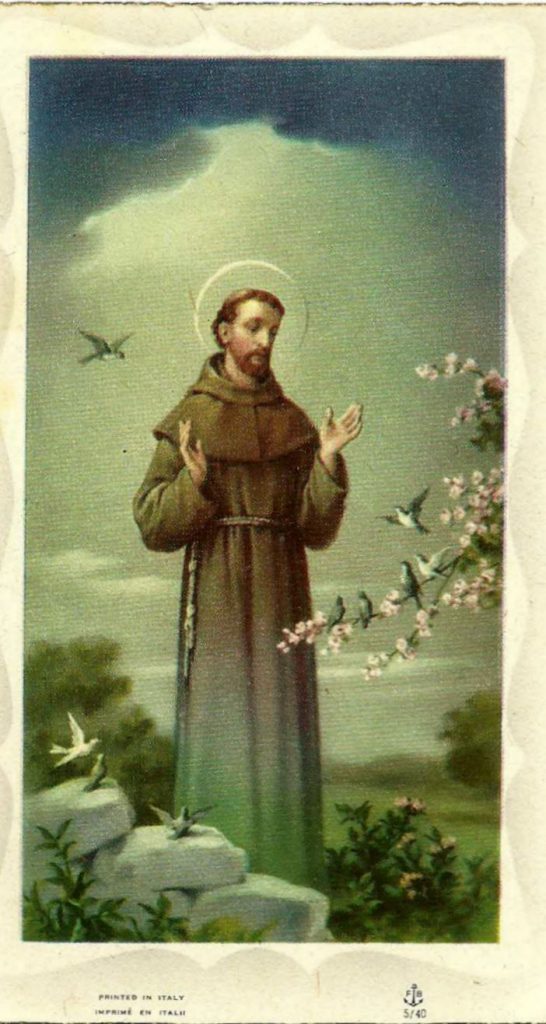 Let us turn now to the idea of tsimtsum – the ‘withdrawal of God’ in the Lurianic school of the Cabbala. The doctrine of tsimtsum reveals one of the ‘three mysteries’ in the Cabbala: sod hajichud, the mystery of union; sod hatsimtsum, the mystery of concentration or divine withdrawal; sod hagilgul, the mystery of reincarnation or the ‘revolution of souls’. The two other ‘mysteries’ – the mystery of union and that of the revolution of souls – will be treated later, in other letters. Concerning the ‘mystery of the divine withdrawal (or concentration)’ which interests us here, it is a question of the thesis that the existence of the universe is rendered possible by the act of contraction of God within himself. God made a ‘place’ for the world in abandoning a region interior to himself.
Let us turn now to the idea of tsimtsum – the ‘withdrawal of God’ in the Lurianic school of the Cabbala. The doctrine of tsimtsum reveals one of the ‘three mysteries’ in the Cabbala: sod hajichud, the mystery of union; sod hatsimtsum, the mystery of concentration or divine withdrawal; sod hagilgul, the mystery of reincarnation or the ‘revolution of souls’. The two other ‘mysteries’ – the mystery of union and that of the revolution of souls – will be treated later, in other letters. Concerning the ‘mystery of the divine withdrawal (or concentration)’ which interests us here, it is a question of the thesis that the existence of the universe is rendered possible by the act of contraction of God within himself. God made a ‘place’ for the world in abandoning a region interior to himself.
The first act of En-Soph, the Infinite Being, is therefore not a step outside but a step inside, a movemetn of recoil, of falling back upon oneself, of withdrawing into oneself. Instead of emanation we have the opposite, contraction…The first act of all is not an act of revelation but an act of limitation. Only in the second act does God send out a ray of His light and begin His revelation, or rather His unfolding as God the Creator, in the primordial space of His own creation. More than that, every new act of emanation and manifestation is preceded by one of concentration and retraction. (Gershom G. Scholem, Major Trends in Jewish Mysticism).
In other words, in order to create the world ex nihilo, God had first to bring the void itself into existence. He had to withdraw within in order to create a mystical space, a space without his presence – the void. And it is in thinking this thought that we assist at the birth of freedom.
Freedom is not determined by God; it is part of the nothing out of which God created the world….The void – the mystical space from which God withdrew himself through his act of tsimtsum – is the place of origin of freedom, ie, the place of origin of an ‘existence’ which is absolute potentiality, not in any way determined. And all of the beings of the ten created hierarchies are the children of God and freedom born of divine plenitude and the void. They carry within themselves a ‘drop’ of the void and a ‘spark’ of God. Their existence, their freedom, is the void within them. Their essence, their spark of love, is the divine ‘blood’ within them. They are immortal, because the void is indestructible. Further, these two indestructible elements – the meonic element (ov – void) and the pleromic element (plenitude) – are indissolubly bound to one another. (Nichoas Berdyaev, The Destiny of Man).
Meditations on the Tarot, Letter IV, The Emperor











